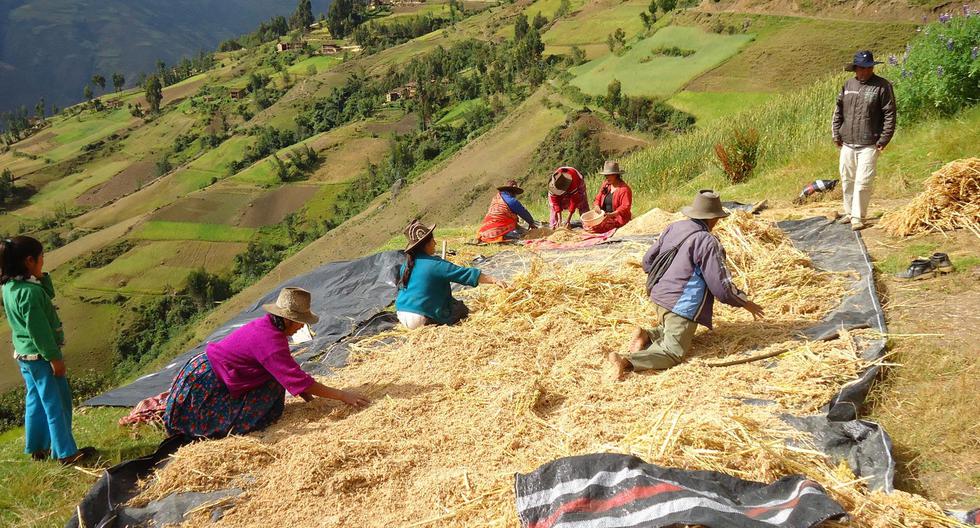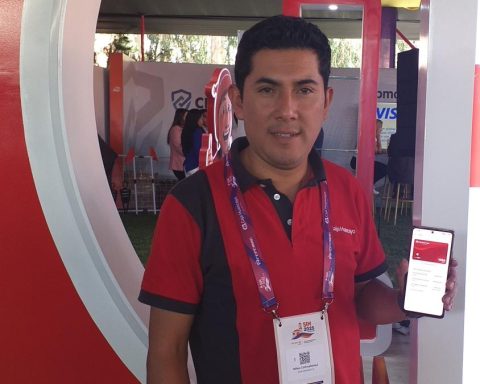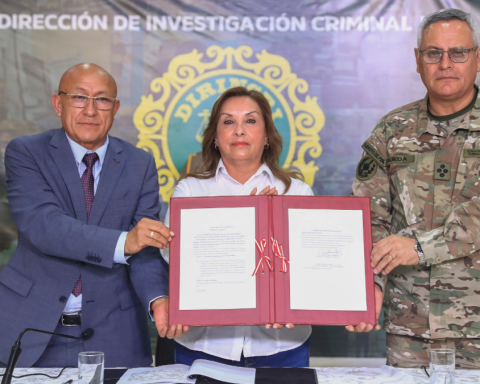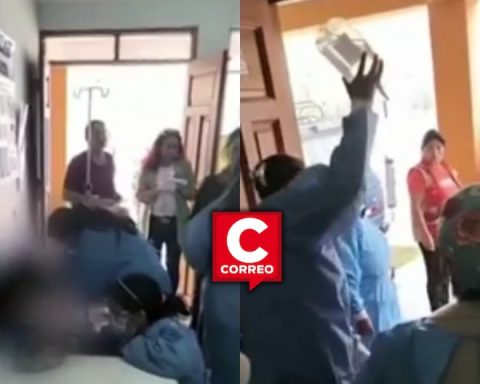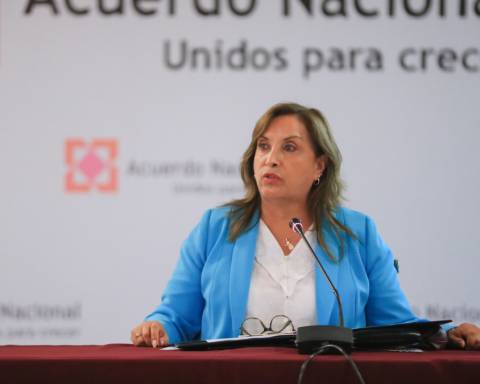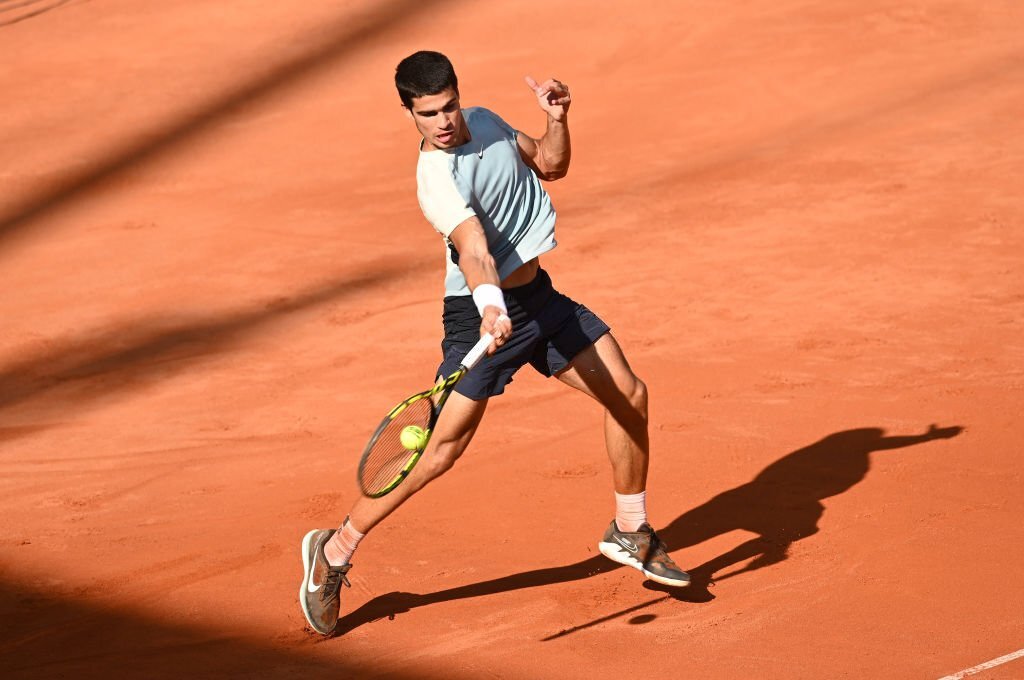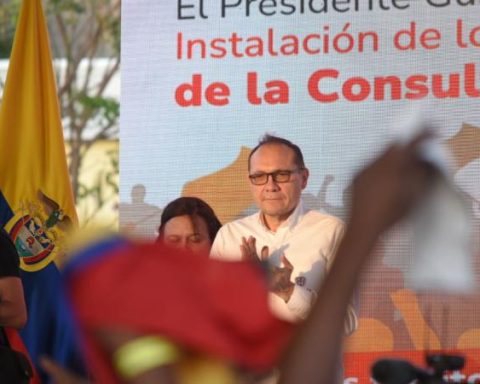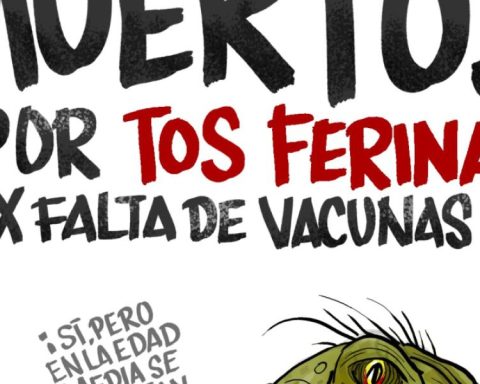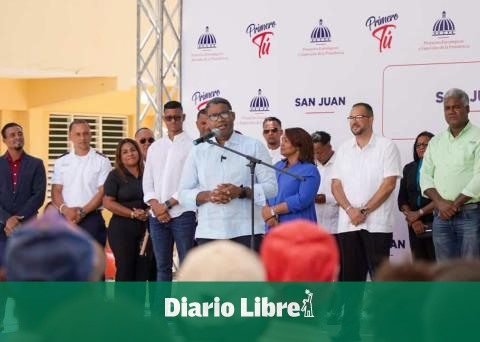President Pedro Castillo announced that agricultural production techniques will be taught in schools in Peru. This measure is part of the actions taken by the Executive within the framework of the so-called second agrarian reform, a government program that includes a series of measures to promote agriculture in the country.
In his speech delivered to Congress for the anniversary of Peru’s independence, the head of state said with the Ministry of Education (Minedu) they are working on incorporating these techniques into the curriculum of educational institutions.
“With the Minedu, the curricular incorporation of knowledge and techniques for agricultural production in schools and colleges has been developed”, he stated.
Among other announcements, it appears that the urban and peri-urban agriculture policy articulated with producers and municipalities will begin. In addition, 30 million soles have been provided for women agricultural producers.
What does the second agrarian reform consist of?
According to the government has informedthe second agrarian reform is a government policy designed without expropriations or confiscations, and seeks to guide public policies in favor of the development of family farming and agrarian cooperatives.
For this, the Ministry of Agrarian Development and Irrigation (Midagri) has proposed nine axes or strategic lines of management, among them: Food security, associativity and cooperativism, hydraulic infrastructure, agrarian civil service – agrarian SECIGRA.
In addition, rural industrialization, producer markets and state purchases, intergovernmental and intersectoral articulation in the territory, cattle repopulation, as well as credit from an agrarian development bank mainly at the service of family farming, and regional summits are sought.
This second reform seeks to achieve greater social inclusion of the more than 2.2 million small producers who come from family farming.
RECOMMENDED VIDEO
:quality(75)/cdn.jwplayer.com/v2/media/E41ZFVFO/poster.jpg)
